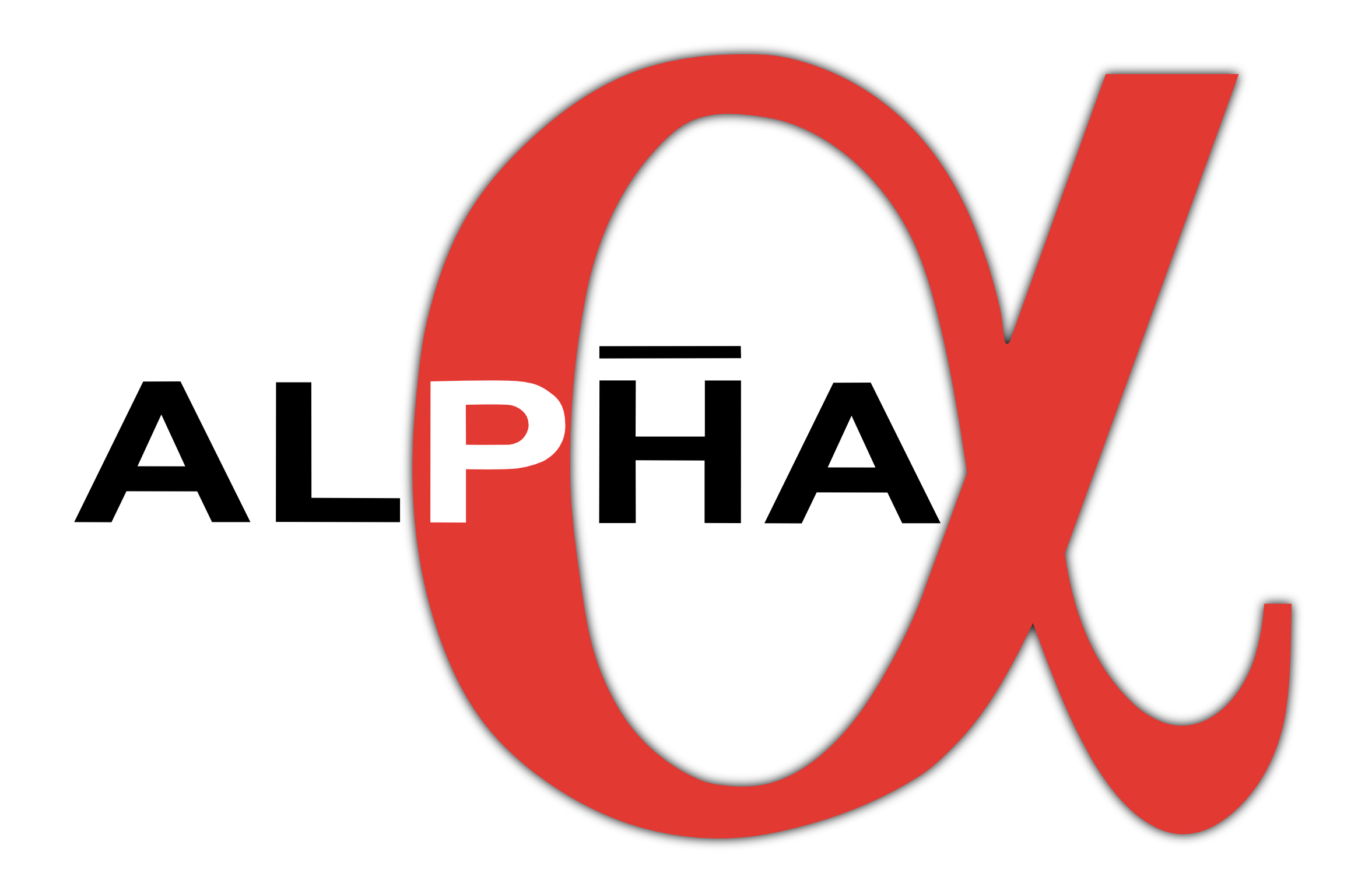One of the goals of synthesizing and trapping antihydrogen is to study the validity of charge-parity–time symmetry through precision spectroscopy on the anti-atoms, but the trapping yield achieved in recent experiments must be significantly improved before this can be realized. Antihydrogen atoms are commonly produced by mixing antiprotons and positrons stored in a nested Penning-Malmberg trap, which was achieved in ALPHA by an autoresonant excitation of the antiprotons, injecting them into the positron plasma. In this work, a hybrid numerical model is developed to simulate antiproton and positron dynamics during the mixing process. The simulation is benchmarked against other numerical and analytic models, as well as experimental measurements. The autoresonant injection scheme and an alternative scheme are compared numerically over a range of plasma parameters which can be reached in current and upcoming antihydrogen experiments, and the latter scheme is seen to offer significant improvement in trapping yield as the number of available antiprotons increases.
C. Amole, M. D. Ashkezari, M. Baquero-Ruiz, W. Bertsche, E. Butler, A. Capra, C. L. Cesar, M. Charlton, A. Deller, S. Eriksson, J. Fajans, T. Friesen, M. C. Fujiwara, D. R. Gill, A. Gutierrez, J. S. Hangst, W. N. Hardy, M. E. Hayden, C. A. Isaac, S. Jonsell, L. Kurchaninov, A. Little, N. Madsen, J. T. K. McKenna, S. Menary, S. C. Napoli, K. Olchanski, A. Olin, P. Pusa, C. Ø. Rasmussen, F. Robicheaux, E. Sarid, C. R. Shields, D. M. Silveira, C. So, S. Stracka, R. I. Thompson, D. P. van der Werf, J. S. Wurtele, A. Zhmoginov, (ALPHA collaboration), and L. Friedland
